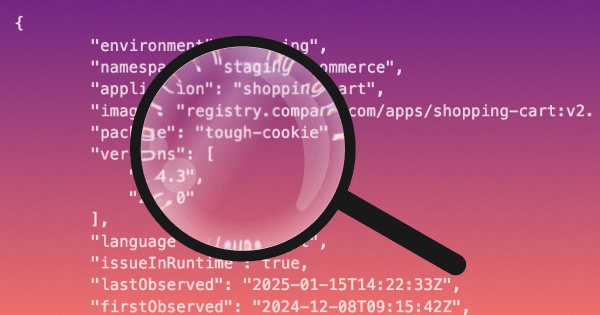

Are You Ready for UN R155? The Real Work Behind Automotive Software Security Compliance
Modern vehicles are software systems on wheels with over 100 ECUs, millions of lines of code, and globally distributed supply chains.
The UNECE regulations R155 and R156 have transformed cybersecurity and software update management into conditions for type approval.
If you build or secure automotive software, you must be able to prove that you can defend it.
The Regulatory Stack That Matters
Each standard ultimately asks the same question: can you show that your controls work?
Readiness Means Proof, Not Paperwork
A defensible security posture aligns three capabilities:
- Governance – ownership, accountability, supplier oversight
- Engineering – security embedded in code, updates, and telemetry
Response – measurable incident handling and remediation evidence
Control Mapping — From Mandate to Mechanism
Readiness converts regulatory requirements into verifiable engineering artifacts.
Runtime Proof as the New Baseline
Auditors now seek runtime evidence rather than static compliance documents.
Telemetry, exploitability validation, and continuous monitoring demonstrate control effectiveness in real operating conditions.
This closes Part 1.
Part 2 will examine how runtime analysis and exploit intelligence extend these requirements into measurable proof.
References
- Applied Intuition. (2023). ISO/SAE 21434: Shaping automotive cybersecurity.
- Cybellum. (2023). Introduction to automotive cybersecurity regulations.
- European Commission. (2024). Cyber Resilience Act: Proposal and implementation overview.
- International Organization for Standardization. (2021). ISO/SAE 21434: Road vehicles – Cybersecurity engineering.
- National Highway Traffic Safety Administration. (2022). Cybersecurity best practices for the safety of modern vehicles (Report DOT HS 813 417).
- United Nations Economic Commission for Europe. (2021). UN Regulation No. 155: Cybersecurity and cybersecurity management system requirements.
- United Nations Economic Commission for Europe. (2021). UN Regulation No. 156: Software update processes and management systems.
- Verband der Automobilindustrie (VDA). (2023). Trusted Information Security Assessment Exchange (TISAX) Assessment Levels Guide.
More blogs

From Reachability to Reality: Proving Vulnerable Code was Executed & Exploited in Production
Memory analysis plays a critical role in turning kernel-level signals into function-level proof of execution. See which vulnerable functions actually run in your environment, cut noise and prioritize risk that exists (and is exploitable) in your running application.
A Primer on Runtime Intelligence
See how Kodem's cutting-edge sensor technology revolutionizes application monitoring at the kernel level.
Platform Overview Video
Watch our short platform overview video to see how Kodem discovers real security risks in your code at runtime.
The State of the Application Security Workflow
This report aims to equip readers with actionable insights that can help future-proof their security programs. Kodem, the publisher of this report, purpose built a platform that bridges these gaps by unifying shift-left strategies with runtime monitoring and protection.
.png)
Get real-time insights across the full stack…code, containers, OS, and memory
Watch how Kodem’s runtime security platform detects and blocks attacks before they cause damage. No guesswork. Just precise, automated protection.

Stay up-to-date on Audit Nexus
A curated resource for the many updates to cybersecurity and AI risk regulations, frameworks, and standards.



